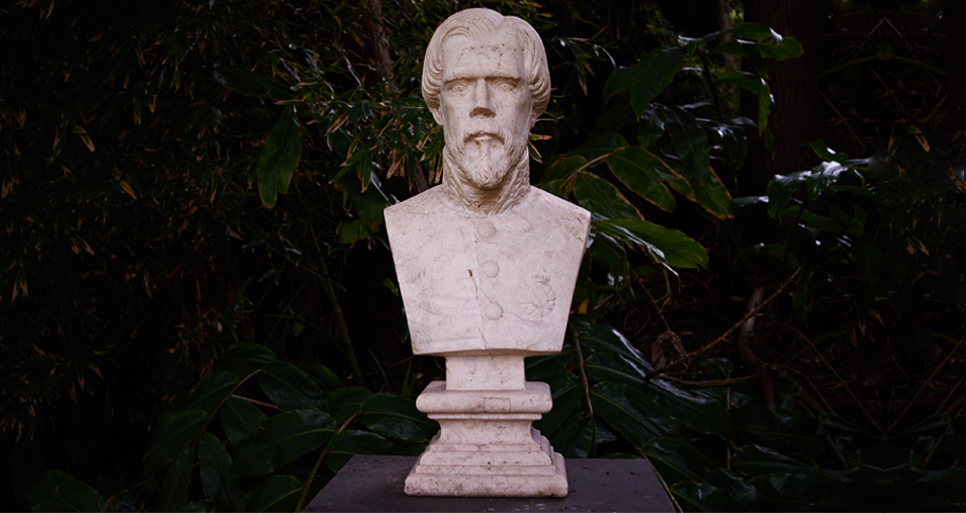António Borges, the historic landscape architect, was responsible for this beauty. We are responsible for preserving it.
The 19th century, particularly in S. Miguel island represents the greatest historical
legacy of the existing gardens in the Azores. Gentleman farmers of the island, including
António Borges (1812-1879) and his brother Duarte Borges da Câmara Medeiros (1799-
1872), dedicated their lives to upholding the ideals of agricultural progress and industry,
botanical collections and building gardens and parks. Furnas green corridor is an
illustration of the work developed by the two brothers that soon realized the immense
vegetative potential in Furnas valley and started introducing new botanical species and
designing iconic gardens and parks. The green corridor that crosses Furnas village,
starts in the south with the famous Terra Nostra Park, followed by Murtas Park also
known as Beatriz do Canto Park, and ends at north with Antonio Borges Furnas Garden
also known as Piquinho Park.
António Borges, as a result of his extensive travels across Europe and academic
background, developed an organic language in tailoring the irregular shapes of nature.
He is, perhaps the greatest Azorean landscaper of all time, with a legacy distinguished
by the extraordinary collection of camellia trees, rockeries and winding paths, covered
with mosses, leading to open and luminous belvederes. Besides the support provided at
Murtas Park, he is the only author of the Sete Cidades Park, the well known Antonio
Borges Garden in Ponta Delgada and the picturesque Piquinho Park in Furnas.

